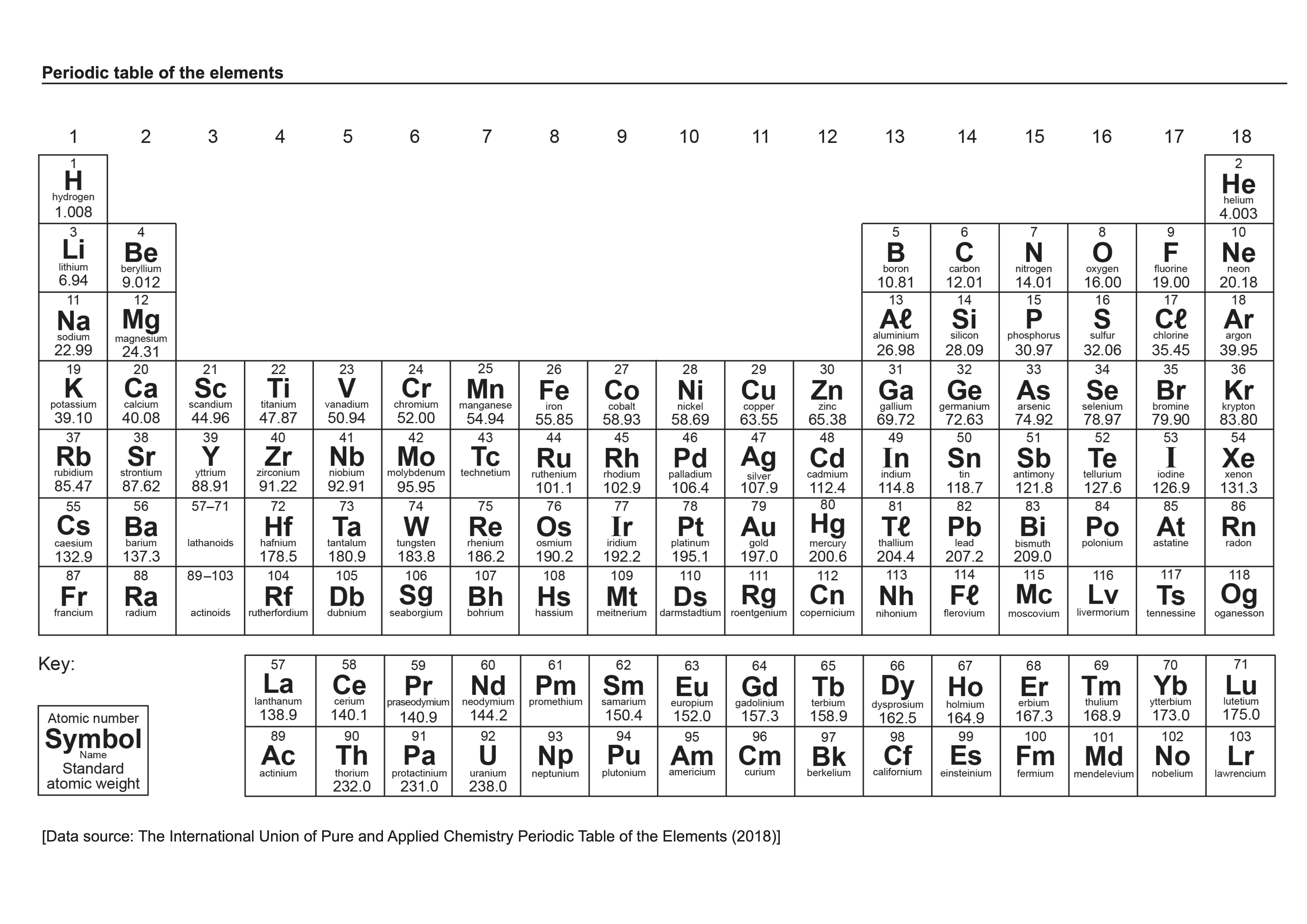
Orbitals: Area of space that is likely to contain electrons
Cathode Ray Tube: A high vacuum tube in which cathode rays produce luminous images on a fluorescent screen
Cathode Rays: Another name for travelling electrons Cathode: Where electricity flows out. Usually the negative sideAnode: Where electricity flows into. Usually the positive side
Alpha particle: A particle with 2 protons and 2 neutrons. Positively charged, i.e., 2+. Identical to a Helium-4 nucleus.
Line Emission Spectra/Atomic Emission Spectra: The specific range of EMR with discrete frequencies and energies that appears as single lines in an otherwise blank spectrum. This is unique for each element and is produced when an electron transitions from a higher energy level to a lower energy level
Atomic Absorption Spectra: The spectrum of EMR with specific frequencies that are absorbed by atoms and thus do not appear on the continuous spectrum
Flame Test: Qualitative analytical technique used to detect elements (primary metal ions) by observing their unique emission spectra
Molecule: group of atoms bonded together covalently
Compound: Substance made of atoms of different elements bonded together
Atom: Smallest unit of matter that cannot be chemically divided
Element: Substance that cannot be decomposed further by a chemical reaction. All of its atoms have the same number of protons.
Compound: Substance made of atoms of different elements bonded together chemically
Atom: Smallest particle of an element that can exist on its own. Atoms of the same element have the same number of protons
Isotope: Atoms of the same element with the same number of protons but different amount of neutrons
Molecule: Particle containing 2 or more atoms joined together by covalent bonds
Ion: An atom or group of atoms that has been positively or negatively charged by losing or gaining electrons, respectfully
Elemental Ions: Ions that are elements
Molecular Ions: Covalently bonded ions
Chemical Symbol: Abbreviation (i.e., letter or pair of letters) used to represent an element
Relative Atomic Mass: Mean mass of the atoms of an element relative to 1/12 the mass of a carbon-12 atom
Chemical Formulae: Molecular formula that gives the actual number of atoms of each element present in one particle
Chemical Equation: A balanced chemical equation shows the reactants taking part in a chemical reaction and the products formed from the reactants in the correct proportions
Empirical Formula: Chemical formula showing the lowest whole number ratio of atoms of each element in a compound using subscripts following chemical symbols
Stoichiometry: Relationship between the relative quantities of substances taking part in a chemical reaction
Temperature: A measure of the average kinetic energy in a substance